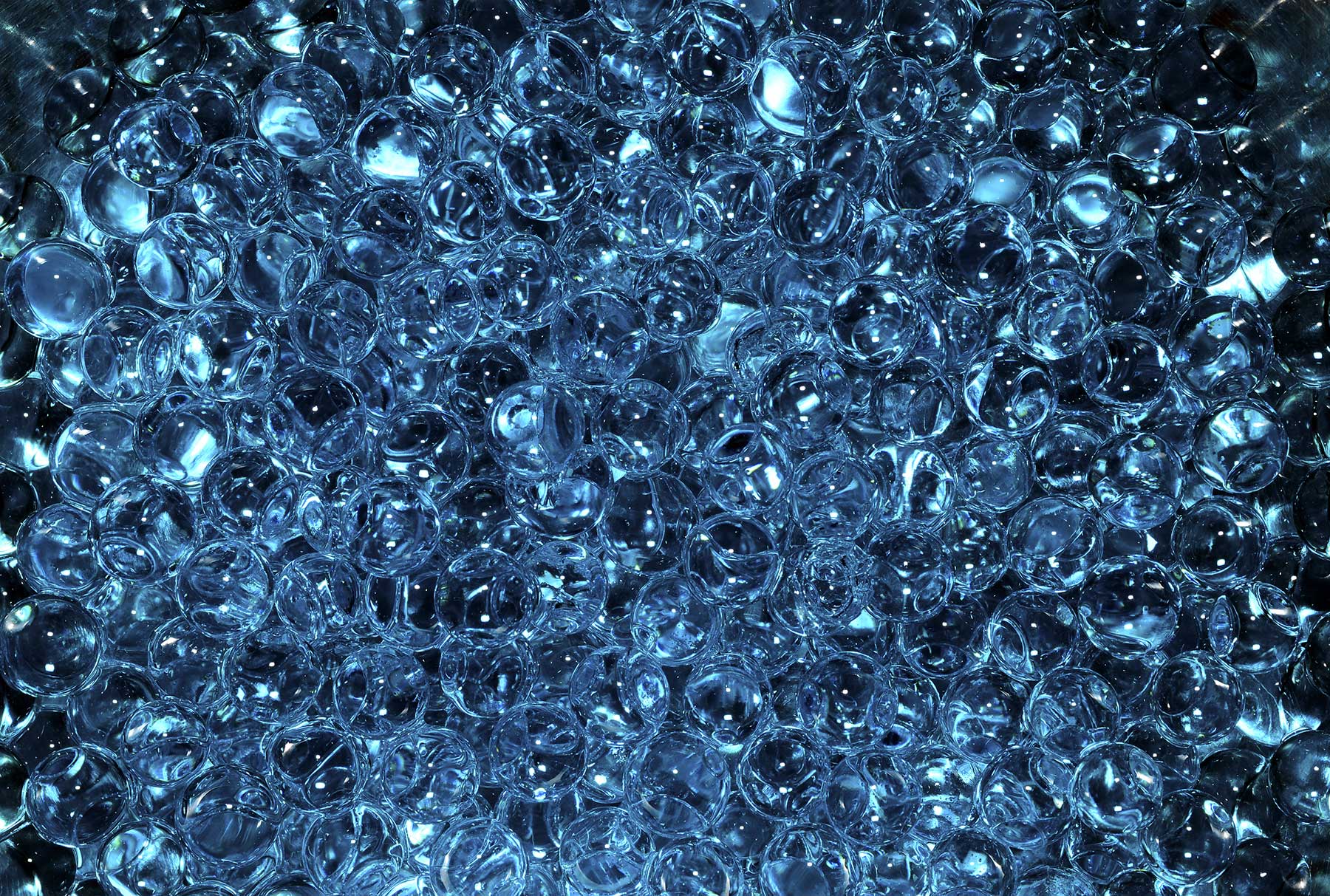Bio-inspired Materials
Exploring the application of DNA- and protein-based systems for a wide variety of potential applications.
Our research
Our research focuses upon the application of control of DNA- and protein-based systems. These are applied as sensors for aberrant genes associated with diseases such as cancer and as conducting DNA-templated nanowires.
We integrate biological molecules with synthetic or abiological components. We do this to achieve an intriguing approach to new types of materials such as:
- conducting nanowires
- quantum-dot arrays
- designer DNA sequences
- protein-polymer hydrogels
Our work delivers the design, synthesis and characterisation of bio-inspired materials with novel properties which can help to address today’s global challenges.
Research themes
Bio-based Materials
We integrate biological molecules with synthetic or abiological components. It provides an intriguing approach to new materials.
There is a long-standing interest in synthesis, use and modification of DNA.
We develop new types of materials such as:
- conducting nanowires
- quantum-dot arrays
- designer sequences
We are exploring protein-polymer hydrogels. We look at these as non-stick scaffolds for tissue and cell culture applications.
Molecular and Materials Design
We create new types of molecule, solid, gels and liquid. We do this through rational design or self-assembly techniques.
Examples of systems under investigation include:
• metal-based polymers
• adaptive and responsive polymers
• self-healing gels
Nanoscience (including nanoelectronics)
We work on the design, synthesis and characterisation of nanomaterials with novel properties.
Nanomaterials are those with at least one dimension in the range 1-100nm. They have unusual properties (electronic, magnetic, chemical, optical) due to their reduced dimensions.
Examples of 0, 1 and 2-dimensional materials feature in our research. For example, we explore Si quantum dots for use as non-toxic luminescent probes in biology.
Conductive one-dimensional materials, nanowires, are of particular interest. We prepare and study charge transport in DNA-templated nanowires and metal-nucleobase co-ordination polymers.
We explore atomically thin two-dimensional materials. These include:
• molecular sheets prepared from coordination polymers
• the use of graphene-derived inks in biomolecular-sensing
Health, Energy and Environment
New technologies is a strong theme of the group. Many of our research projects seek to underpin such advances.
We do this by producing new molecules and materials. We develop understanding of their properties.
These contribute to societal challenges such as health and energy and environment.
Our research appears in projects on materials for:
- medical diagnostics, particularly sensors for aberrant genes associated with diseases such as cancer
- water-treatment membranes
- anti-biofouling coatings, which addresses problems relevant to medical implants
- shipping vessels, subject to unwanted biofouling that can impair their performance
We develop multifunctional catalysts based on polymer-immobilised ionic liquids. These are for biomass conversion. Related chemistry is providing access to new functional membranes.
We research electrically conducting nanowires that aid in extreme miniaturisation of electronic components. Sensing elements for environmental and medical applications make use of these components.
